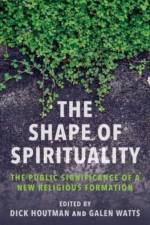- Reflections on Natural History, Paleontology, and Stephen Jay Gould
av Bruce Lieberman
321
One of the twentieth century's great paleontologists and science writers, Stephen Jay Gould was, for Bruce S. Lieberman and Niles Eldredge, also a close colleague, mentor, and friend. In Macroevolutionaries, they take up the tradition of Gould's acclaimed essays on natural history, offering a series of wry and insightful reflections on the fields to which they have devoted their careers. Lieberman and Eldredge explore the major features of evolution, or "macroevolution," examining key issues in paleontology and their links to popular culture, philosophy, music, and the history of science. They focus on topics such as punctuated equilibria, mass extinctions, and the history of life--with detours including trilobites, Hollywood stuntmen, coywolves, birdwatching, and New Haven-style pizza. Lieberman and Eldredge's essays showcase their deep knowledge of the fossil record and keen appreciation of the arts and culture while touching on different aspects of Gould's life and work. Ultimately, they show why Gould's writings and perspective are still relevant today, following his lead in using the natural history essay to articulate their view of evolutionary theory and its place in contemporary life. At once thought-provoking and entertaining, Macroevolutionaries is for all readers interested in paleontology, evolutionary biology, and Gould's literary and scientific legacy.






























